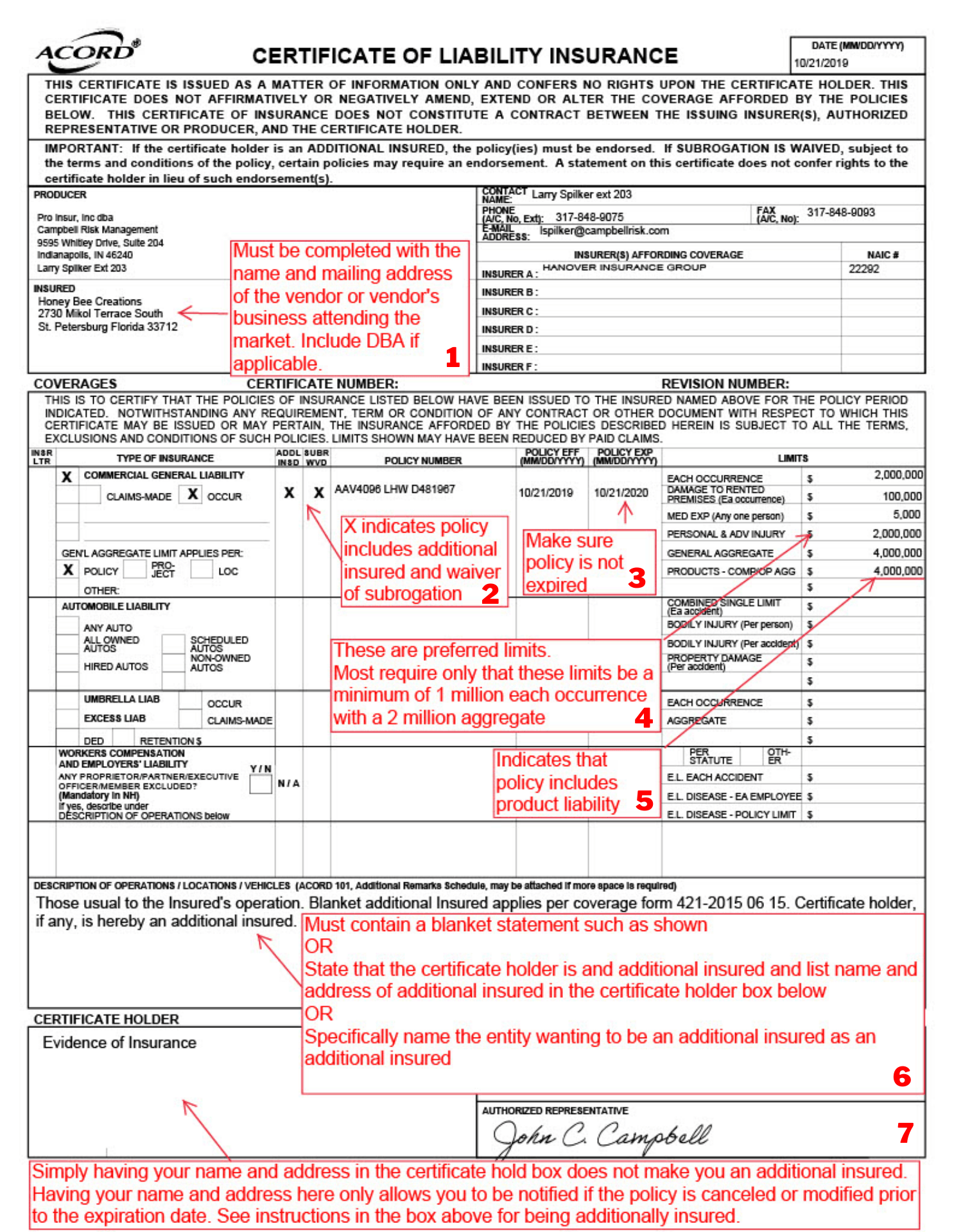A person with a low-deductible strategy, on the other hand, will likely have a greater premium however a lower deductible. High-deductible insurance coverage plans work well for individuals who expect really couple of medical expenditures. You may pay less cash by having low premiums and a deductible you seldom need. Low-deductible strategies benefit individuals with persistent conditions or families who anticipate the requirement for several journeys to the doctor each year.
The answer to this concern depends mainly on the number of individuals you are guaranteeing, how active you are, and the number of physician gos to you expect in a year. A high-deductible strategy is great for individuals who seldom visit the physician and wants to limit their monthly costs. If you choose a high-deductible plan, you must be proficient at saving money so that you are prepared to pay any medical expenses up front.
These strategies are also an excellent option for a person with a persistent medical condition. Planned sees such as well sees, check-ups on chronic conditions, or prepared for emergency situation requirements can quickly build up if you are on a high-deductible strategy. A low-deductible plan lets you much better handle your out-of-pocket expenses.
Lots of companies provide individually assistance counseling to assist you understand your choices, weigh your threats, and choose a strategy that's right for you.
A high deductible health strategy (HDHP) has lower month-to-month premiums and a higher deductible than other medical insurance strategies. For 2020, the Internal Earnings Service (Internal Revenue Service) specifies an HDHP as one with a deductible of $1,400 or more for a private or $2,800 or more for a family. Discover the qualities of an HDHP and its possible benefits and drawbacks compared with other medical insurance alternatives.
But as the name suggests, the deductibles are higher than those for a standard strategy, and you will require to pay off your considerable annual deductible before your insurance provider will start paying for any of your health costs. An employer-sponsored HDHP may be coupled with a health savings account (HSA) or health compensation plan (HRA).
However, HSA funds generally can not be used to pay for medical insurance premiums. Companies may also contribute to an employee's HSA. Just employees with an HDHP can participate in an HSA. An HRA is moneyed by an employer to enable workers to pay themselves backwith tax-free moneyfor medical expenditures they have actually incurred.
How Much Term Life Insurance Do I Need Can Be Fun For Anyone

HRA funds might in many cases be utilized to pay for medical insurance premiums. Cash in an HSA or HRA can be rolled over and used in a subsequent year. The deductibles for an HDHP are frequently greater than the minimums of $1,400 (individual) and $2,800 (family). They might be as high as the maximum out-of-pocket (OOP) expenses, which are $6,900 for a specific and $13,800 for a family in 2020.
All plans purchased through an Affordable Care Act (ACA) Marketplace and the majority of plans purchased through other ways are required to cover particular preventive services at an https://www.openlearning.com/u/vanness-qfkpci/blog/SomeOfHowLongDoesItTakeForGapInsuranceToPay/ in-network company despite just how much of your deductible you've paid - how long can i stay on my parents insurance. Health care. gov offers lists of those covered preventive services for grownups of both sexes and those particularly for females and children.
The preliminary list of preventive services was launched in 2004, and extra services were added in 2019. If you are healthy, don't go to the physician often, and do not have a large family, an HDHP may be the most cost-effective kind of medical insurance strategy for you. If you do not have a current medical condition, you may not have to pay too numerous medical expenses during a given year and you may find an HDHP works for you.
It's not constantly possible, however if you select to buy an HDHP (and with some companies, this may be your only option), you ought to preferably have sufficient money on hand to cover your deductible and other OOP expenses. The apparent disadvantage to an HDHP is that you are accountable for paying off your high deductible while likewise paying your monthly premiums, which, although likely lower than those for traditional insurance coverage plans, might not be easily budget-friendly.
The average lowest-cost, bronze-level, monthly premium for a 40-year-old is $331 in 2020. Some people with an HDHP delay or pass up necessary medical treatment because they don't have the money to pay for it and they have not paid off their deductible. In a study performed by the Kaiser Household Structure that was reported in June 2019, half of adults said either they or a member of the family had postponed or gone without treatment (consisting of oral care) due to the fact that they could not manage the expenditure.
A high deductible health insurance has lower monthly premiums and a higher deductible than other plans. For 2020, the Internal Revenue Service specifies an HDHP as one with a deductible of $1,400 or more for an individual or $2,800 or more for a household. A health cost savings account or health repayment plan can help you cover the costs of healthcare.
Lots of or all of the products featured here are from our partners who compensate us. This may affect which products we blog about and where and how the item appears on a page. Nevertheless, this does not influence our evaluations. Our viewpoints are our own. If you're choosing in between a low- and a high-deductible health plan (HDHP), there's more to consider than deductibles and regular monthly premiums.
The Ultimate Guide To How Long Can My Child Stay On My Health Insurance
The logic is that if you are accountable for medical costs in advance, you'll do a bit more work to discover lower-cost service providers cutting expenses for you and your insurance provider. That hasn't worked out for a lot of people. Although consumers with HDHPs do tend to reduce costs, they do so by skipping out on care, according to the Urban Institute.

Whether you choose a plan with a low or high deductible, do not do so at the cost of your health. Here's what you need to consider when picking in between a low- and high-deductible health insurance. First, let's review some standard medical insurance terms. Understanding these will help you comprehend the distinction between plan types and make a much better choice.
The quantity you have to pay upfront for your healthcare, with the exception of some totally free preventive care, before insurance starts. After you meet your deductible, your insurance company starts paying a bigger part of charges. A cap on just how much you'll need to invest for medical care in a year, not consisting of premiums, so long as you remain within your insurance coverage network.
Deductible quantities are the apparent distinction in between low- and high-deductible health insurance. Lots of high-deductible health plans, specifically those with the least expensive premiums, have deductibles near to their out-of-pocket limitations, often $5,000 or more. Premium costs differ, however plans with greater deductibles tend to have lower monthly premiums than those with lower deductibles.
Just people with certifying HDHPs are qualified to open and contribute to HSAs. HSAs are tax-advantaged, indicating that you can direct funds from your income into an HSA pretax, or you can add the cash post-tax and subtract taxes later. An employer might likewise contribute to your HSA. HSA cash makes interest, can be bought stocks or mutual funds, and invested in any qualifying medical expense, as specified by the IRS.